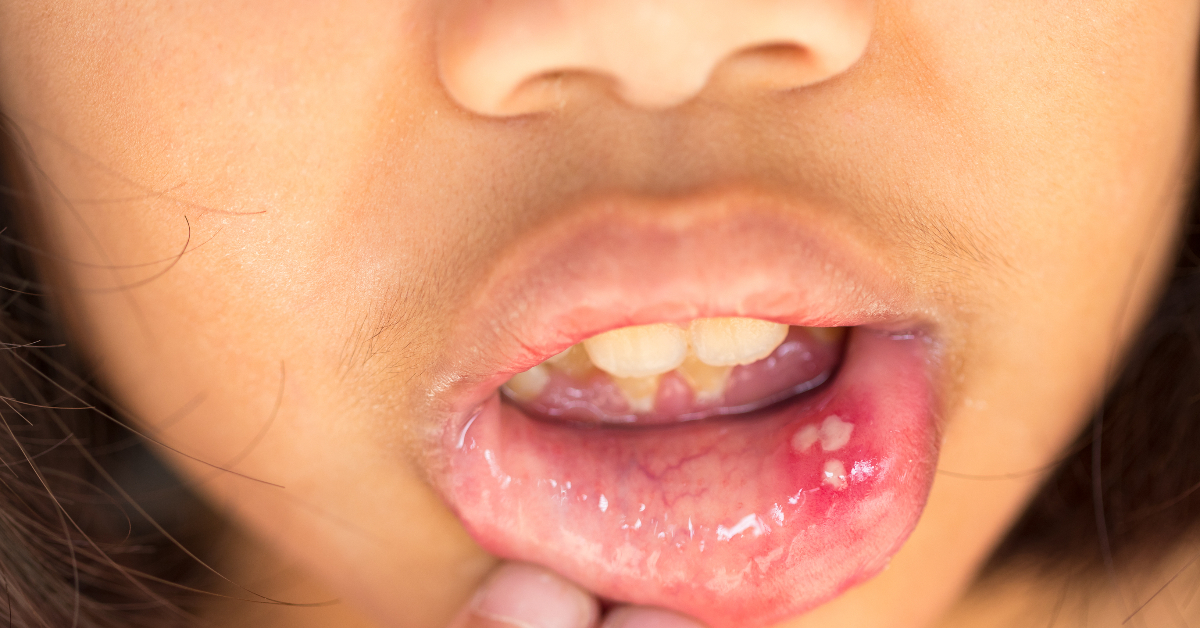How is Mouth Cancer diagnosed?
The doctor will conduct an oral cancer screening exam to check for any lumps or irregular tissue in your mouth. A biopsy is done to determine the condition of suspicious looking area. Though there are different types of biopsies but your doctor can determine which one is best.
A patch of trouble: The surface of the mouth is covered with the squamous cells where the mouth cancer usually begins. A white or red patch on your tongue, gums, tonsils or in your mouth may be a warning sign of squamous cell carcinoma.
White & red patches: The red and white patches in your mouth can result into abnormal cell growth which can become cancerous. If the patches last for more than two weeks, you should consult your doctor. These mouth abnormalities are the early signs of mouth cancer as they do not cause pain.
Red patches: The red patches in your mouth are mostly precancerous, so never ignore these types of colored spots in your mouth. If you notice the bright red spots, your doctor will suggest for a biopsy of these cells.
White patches: A white patch inside your mouth is called leukoplakia. These patches can occur due to cell overgrowth that results from a broken denture, rough tooth, chewing inside of your cheek or lips, exposure to carcinogenic substances etc.
Any types of white or red patch signal that the tissue is abnormal and can become malignant.
Sores on your tongue: Red patch occurs most often in the floor of the mouth underneath the tongue or on your gums behind the teeth. You need to check your mouth carefully every month for any signs of abnormality.
Canker sores: Though canker sores are painful but they aren’t malignant. A canker sore looks like an ulcer inside the mouth that often burns stings and tingles. It usually heals within two weeks but if it lasts longer you need a professional evaluation.
Treatment
The main treatment options for mouth cancer are:
- Surgery – It involves the surgical removal of cancerous cells along with some normal tissue or cells.
- Radiotherapy – High-energy X-rays are used to kill cancerous cells.
- Chemotherapy – Cancerous cells are killed with powerful medications.
Treatment of mouth cancer will not only cure the cancer but also improve the important functions of the mouth such as breathing, speaking and eating.
Why is early detection so important?
The early diagnosis of mouth cancer is crucial. If the cancer spreads to other areas, it becomes more difficult to isolate and treat. On the contrary, if cancer has not spread to surrounding tissues the chances of survival rate are more.
Nearly 90% of cases can be cured using surgery if mouth cancer is diagnosed early. Along with surgery, radiotherapy and chemotherapy have resulted in much improved cure rates.
When to see a doctor?
Early warning signs of oral cancer include mouth sores, white or red patches, and tenderness or pain. Anyone who experiences these symptoms should see their doctor. Early diagnosis means there is a higher chance of successful treatment. Consult your doctor if you notice any signs and symptoms that bother you and last more than two weeks.

